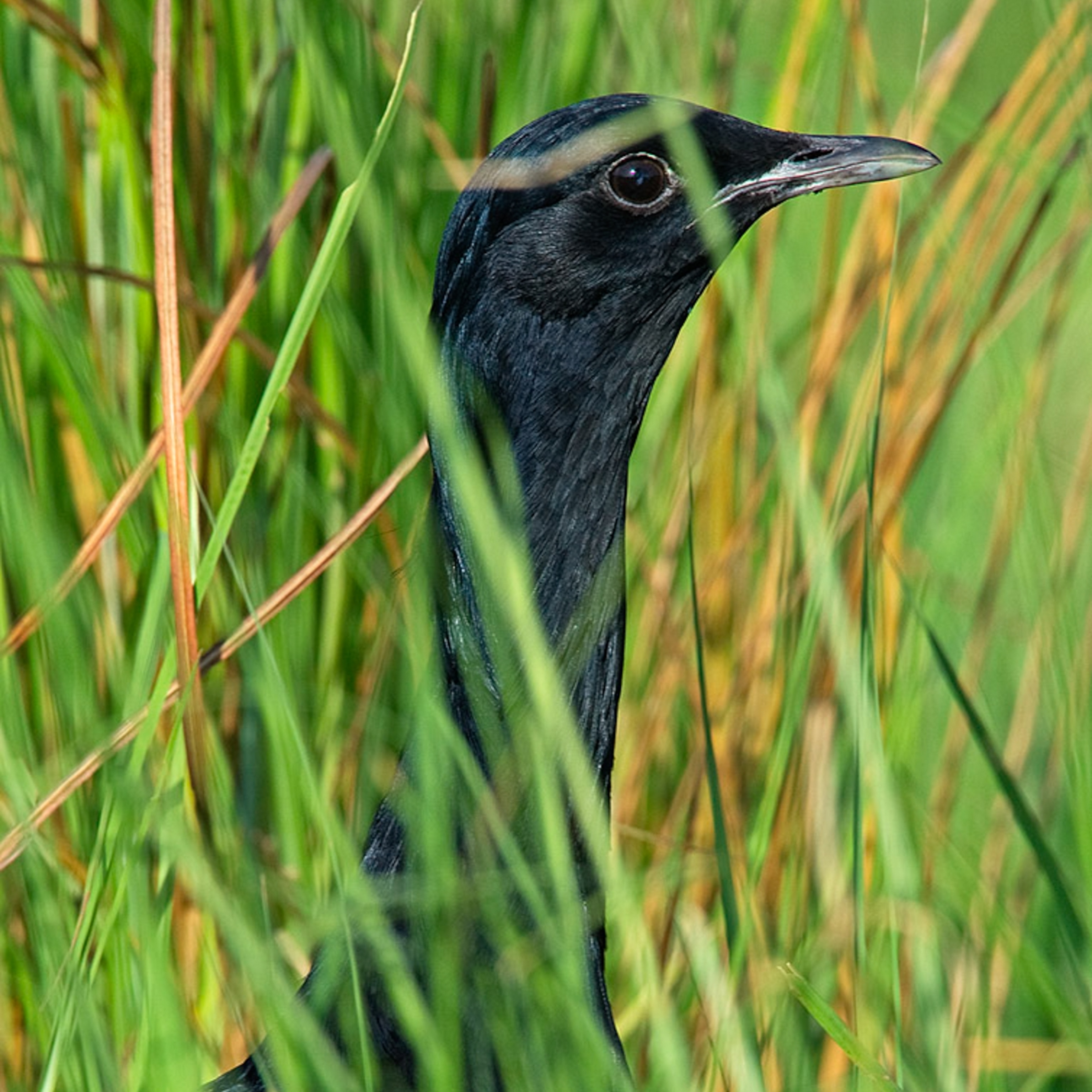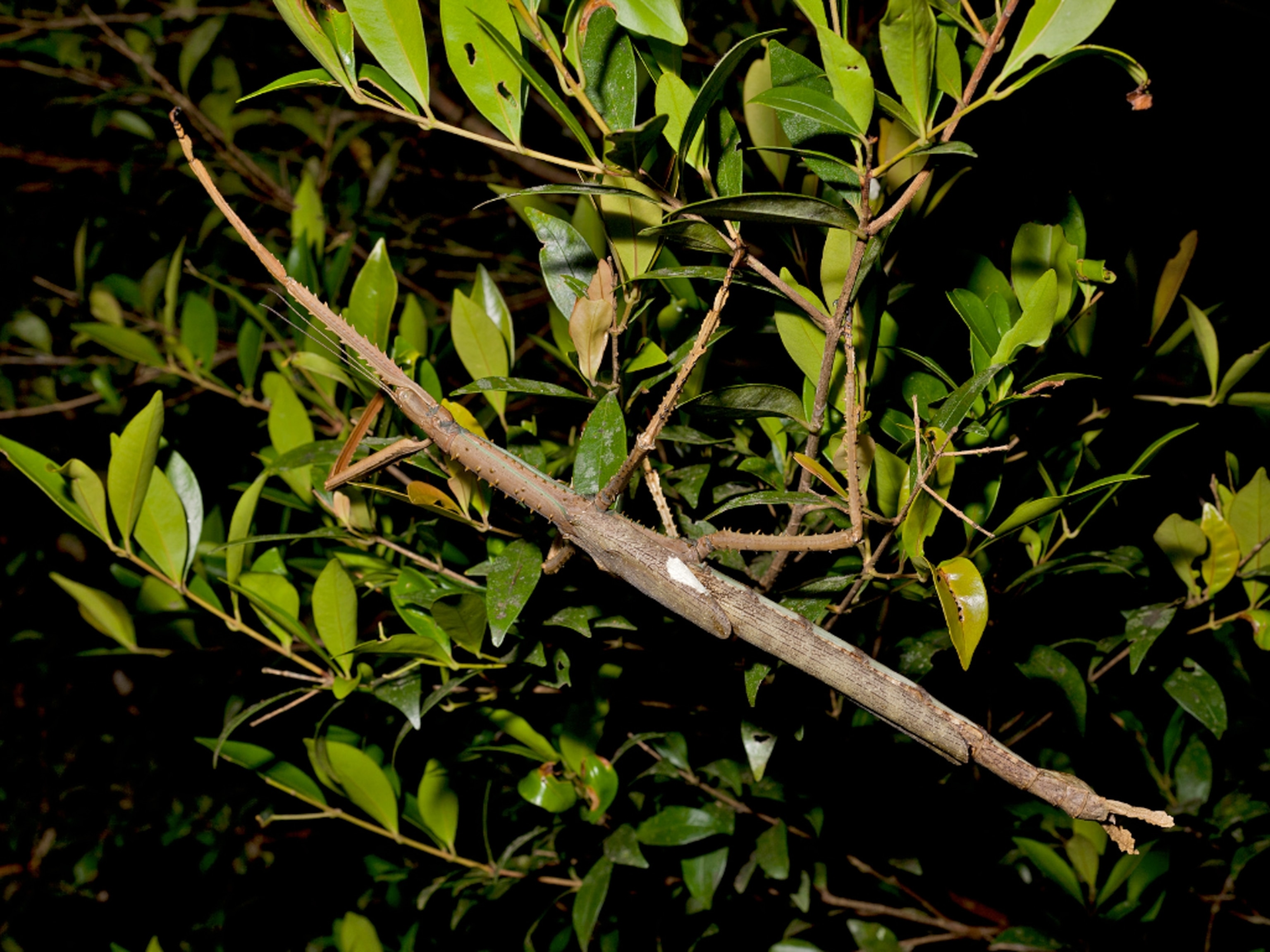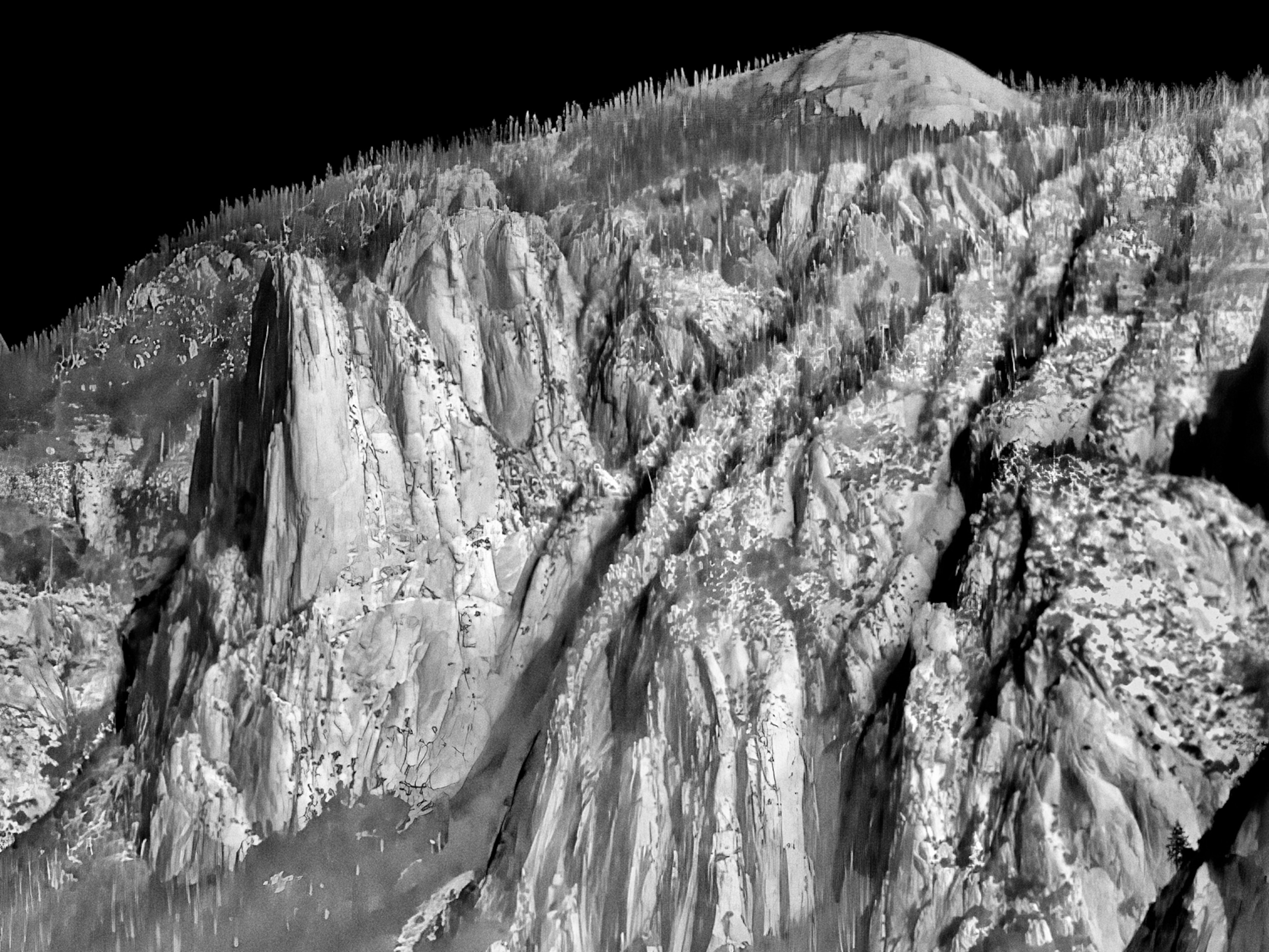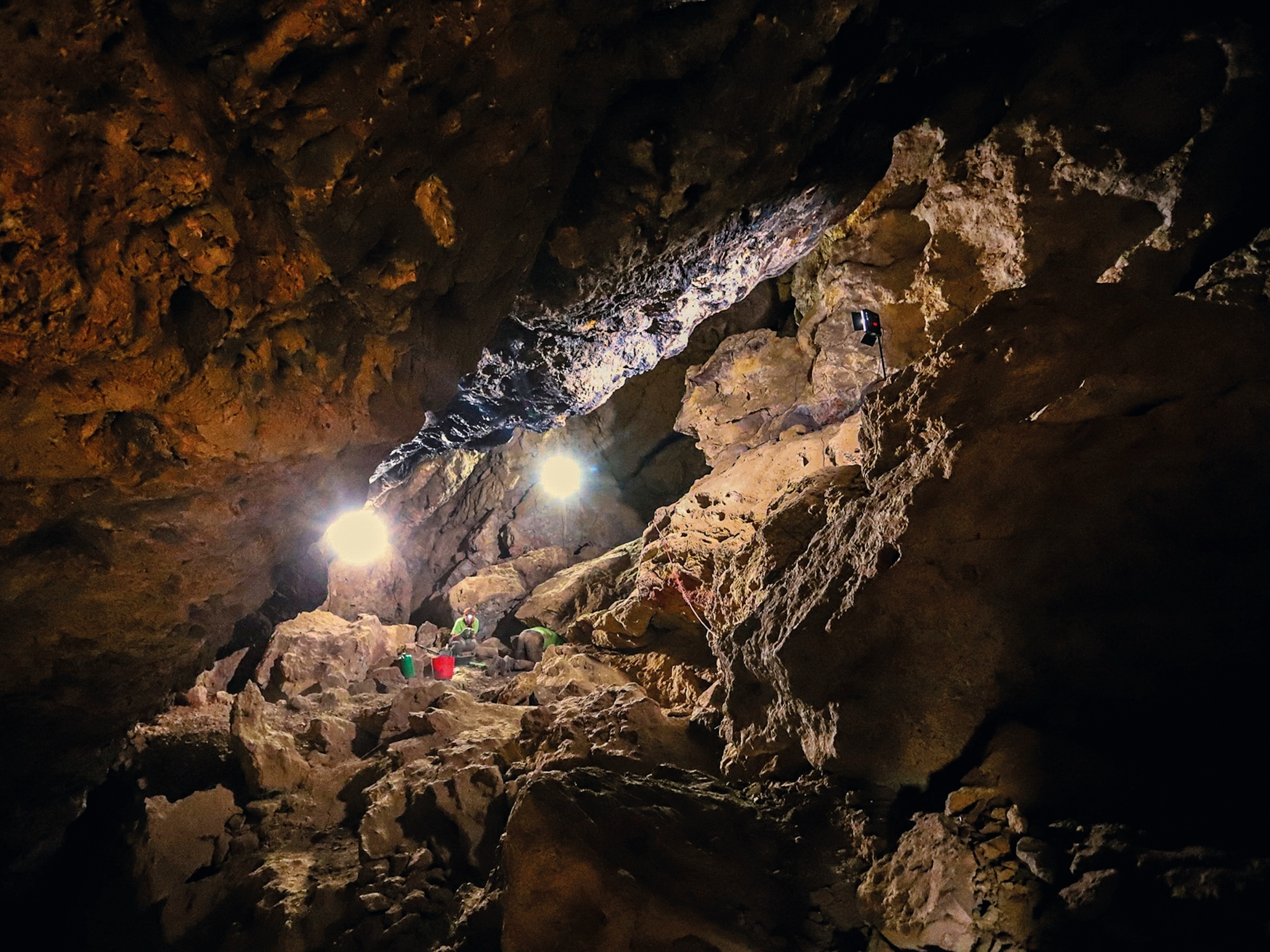
Huge Rim Fire Gives Opportunity to Restore Forest Differently
Scientists in California hope to improve the management tools of salvage logging, replanting, and controlled burns through research.
After fiery devastation comes rebirth, but in the case of last summer's massive Rim Fire in California, just how that regrowth is best accomplished remains a hot topic.
Started by a hunter's illegal fire that got out of control, the Rim Fire burned about 400 square miles (1,000 square kilometers) of forest in the Sierra Nevadas, from August 17 to October 24, 2013. Exacerbated by a heatwave and drought, the fire caused an estimated $54 million in damage and destroyed 11 homes, three commercial buildings, and 98 outbuildings, despite the efforts of 5,000 firefighters.
The blaze engulfed the backwoods of Yosemite National Park (threatening ancient sequoias) and large swaths of Stanislaus National Forest, as well as private land in Tuolumne and Mariposa counties. The fire was named for its proximity to the Rim of the World vista point in the national forest.
In September, U.S. Forest Service fire ecologist Jay Miller told the media that 60 square miles (155 square kilometers) of the fire's path were completely charred, leaving nothing left alive. "In other words, it's nuked," said Miller. "If you asked most of the fire ecologists working in the Sierra Nevada, they would call this unprecedented."
Other parts of the fire-affected area show varying degrees of damage, from extensive loss of vegetation to scarred, but surviving, trees.
Despite the devastation, the Rim Fire's aftermath offers a "real opportunity to take a different approach" to restoration of a burned landscape, said Jim Branham, executive officer of the Sierra Nevada Conservancy, a state agency. To that end, the Conservancy recently earmarked $1 million toward Rim Fire restoration.
That's a fraction of the tens of millions that are likely to be spent to restore the charred forest over the coming years, a burden that will be shared by the U.S. Forest Service, the National Park Service, and the state.
For Branham the question is, "How do we do this differently so we don't come back 25 years from now and have to do it all over again?" Fires had affected the same area in the 1980s, after which forest managers planted new tree plantations as part of a regrowth plan. But those trees were largely consumed by the Rim Fire and may even have contributed to its ferocity.
This time around, Branham is working with a diverse group of stakeholders—including government agencies, scientists, conservation groups, and local citizens—to come up with an innovative restoration plan. For some areas of burned forest, the best option may be simply to let nature take its course.
Replant—or Not?
Ryan Burnett, a bird biologist with the California-based conservation group Point Blue, has been studying forest science in the Sierra Nevada for the past 14 years.
He noted that fires tend to be good for some species and bad for others.
The black-backed woodpecker, for example, a species that is being considered for listing under the Endangered Species Act, is a "postfire specialist that benefits from really hot fire," Burnett said. His research has shown that the woodpecker population increases dramatically after fire kills large numbers of trees.
"When trees die, wood-boring beetles come in and lay their eggs in them." Burnett explained. "Their young eat the wood and become these big, delicious grubs, and woodpeckers go crazy eating them."
To prosper, the woodpeckers need a very high density of snags, or standing dead trees, preferably on the order of 200 to 300 snags per acre, said Burnett. "Forest Service guidelines are only four to five snags per acre, so we've told them they need to set places aside for this species, and leave some burned areas totally untouched."
Burnett added, "We know trees will grow in those burned areas eventually, but it will be valuable habitat for [the woodpeckers] for 10 to 20 years."
Leaving heavily burned areas to revert back to forest on their own runs counter to traditional management after a blaze, said Burnett. "The public looks at dead trees and thinks managers aren't being good stewards of the land." But his research shows that "places where people did not plant lots of trees right away have higher bird diversity."
Given the way restoration is usually handled, some areas damaged by the Rim Fire are likely to be replanted in the near future, Burnett said. He hopes the science he is working on will help inform which tree species are selected for which areas to provide the richest forest habitat. For example, the fire may offer an opportunity to restore aspens to some areas, since the species depends on fire to open up the forest.
Salvage Logging "Very Controversial"
The Forest Service is also likely to contract out some amount of "salvage logging" of trees burned by the blaze. That must be done within about two and a half years or the dead trees will rot.
Salvage logging is "very controversial," Burnett said. Opponents of the practice, including many environmentalists, say the benefits to forest health and reducing future fires have not been proved, and claim that the practice is primarily a financial boon to loggers, allowing them to get at trees in protected areas. Done poorly, salvage logging can damage live trees, can hurt the forest's ability to naturally regenerate, and may actually increase fire risk if dead kindling is left on the ground, critics say.
Branham, of the Sierra Nevada Conservancy, agrees that salvage logging is "always controversial," but he's hopeful that "we can have a discussion about doing salvage and leaving part of the landscape in a condition that supports species." That's because the size of the Rim Fire left a "mosaic" landscape, with a range of damage, that "gives a lot of opportunity," he said.
Fighting Fire With Fire
The Rim Fire burned so hot because "for the last 75 years, we suppressed fire pretty well," Burnett said. As a result, a large amount of dead wood built up, so when the forest caught fire in August, it turned into an inferno, spurred by the dry, hot weather.
To try to decrease some of that fuel load, the Forest Service has had a policy of doing "mechanical thinning," or selective logging, particularly around houses and other buildings. "We have to remove some fuel to reduce temperatures of fires, but there's no way you can thin ten million acres," Burnett said, referring to the size of forest in the region. Even it that were possible, thinning isn't a silver bullet. "If fire comes in and it's hot, it's going to burn everything—it doesn't matter if you thin it."
An important management tool is allowing some controlled fires to burn, said Burnett, especially fires sparked by lightning in the spring, when the forest is relatively wet. That way dead wood is naturally pruned. Plus, that opens up more habitat for species of concern, he noted.
Branham said consensus has been building among various agencies around more natural fire management. The National Park Service has recently begun experimenting with this approach on its lands, allowing some lightning fires to burn in parts of Yosemite. Such fires are not without risk, however. The Cerro Grande fire in 2000 in Los Alamos, New Mexico, started as a controlled burn, then raged out of control, destroying the homes of 400 families and costing $1 billion.
"But we can't stop fires," said Burnett. "We can have more fire on our terms or kick the can down the road and have more catastrophic fires. You have to allow fires to burn and recognize the value of fire on the landscape."
He added that large tracts of public lands may offer the best laboratories to try more natural fire management. The Rim Fire burned only a handful of buildings, in part because so few people live in the national forest, he noted.
Branham said the Rim Fire provides a large landscape and a lot of opportunity to try something different and learn from the past. "Hopefully, we can come up with a model going forward," he said. "In some areas we'll say, 'let fire do its thing,' and in other areas it may need to be suppressed."
Branham said those interested in Rim Fire restoration are looking forward to the U.S. Forest Service's draft environmental impact statement, which is expected in early February and will likely set out federal plans for the largest area impacted by the fire.








